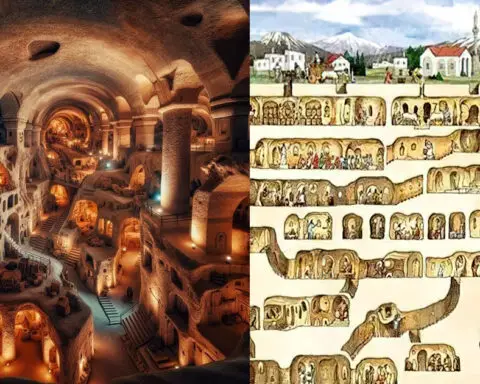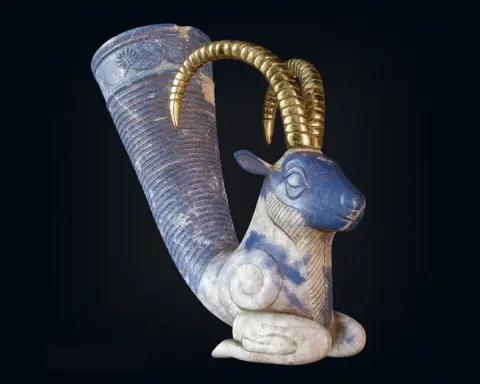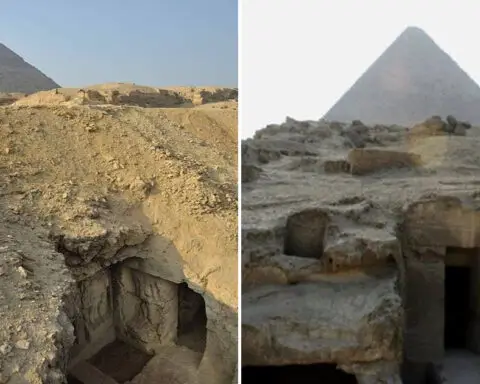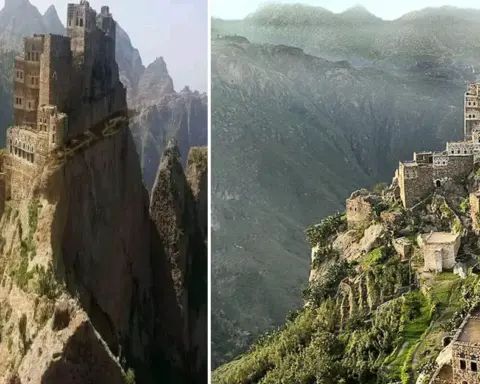Deep within Egypt lies Karnak, an ancient enigmatic complex that whispers secrets of a distant past. Its towering columns and regal temples stand as sentinels, guarding the legacy and splendor of the ancient Egyptian civilization. Yet, hidden beneath its sands are tales of the builders who crafted this monumental structure and the mysteries entombed within.
Legend weaves a narrative spanning millennia, attributing Karnak’s creation to a lineage of pharaohs, each leaving an indelible mark on this sacred ground. The genesis of this marvel traces back over 4,000 years, tracing its origins to the Middle Kingdom epoch. However, it was the New Kingdom era, spanning 1550 to 1070 BCE, where Karnak bloomed into magnificence. Pharaohs such as Hatshepsut, Thutmose III, and Ramses II contributed to its expansion, vying to surpass their predecessors in honoring the gods and securing everlasting renown.

Karnak’s construction transcended mere architectural prowess; it embodied a divine quest. Its temples paid homage to various deities, with the grandest dedicated to Amun-Ra, the foremost god of the Egyptian pantheon. Beyond a religious hub, the complex mirrored cosmic symbolism, mirroring Egyptian creation myths and divine order through its intricate layout.
Centuries wove a shroud around Karnak, veiling its grandeur until the late 19th century. European explorers like Howard Carter and Jean-François Champollion, driven by curiosity and determination, ventured into Egypt’s deserts, resurrecting its hidden treasures.

Excavations around Karnak unveiled colossal statues, ornately carved reliefs, and walls adorned with hieroglyphs, offering glimpses into ancient Egyptian lives and beliefs. Yet, Karnak’s revelation was not swift but gradual revelation through decades of meticulous excavation and restoration work, unveiling the splendor buried beneath the sands.
While Karnak stands as a testament to Egypt’s illustrious past, it also casts a haunting shadow, hinting at the potential secrets concealed beneath the desert’s embrace. Speculations abound regarding undiscovered monuments and possible deliberate suppression of their existence. Some theories suggest untouched chambers holding ancient knowledge and artifacts capable of rewriting history.

The allure of unearthing forgotten civilizations and untold stories tantalizes the imagination. Could entire cities lay entombed, awaiting explorers to unravel their mysteries? This pursuit of understanding the past drives archaeological endeavors, transcending time itself.
Ultimately, Karnak embodies human ingenuity and ambition while serving as a poignant reminder of our vast unknown history. Perhaps, in time, another Karnak will emerge, illuminating our shared past and reshaping ancient world perceptions. Until then, Egypt’s buried monuments remain veiled, awaiting the day they emerge into the light once more.





